The latest trends for Teeth Whitening Strips in 2026-2030 | Double White Ultimate Insights
- Introduction: Why Teeth Whitening Strips Still Lead the At‑Home Whitening Market
- Consumer demand and convenience drive growth for Teeth Whitening Strips
- Market Outlook 2026–2030: What Brands and Manufacturers Need to Know
- Demand drivers shaping the Teeth Whitening Strips market
- Market positioning: High Quality vs mass-market Teeth Whitening Strips
- Table: Current (2024–25) vs Expected Trends (2026–2030)
- Formulation & Technology Innovations
- Biotech actives and enzyme‑assisted whitening
- Lower sensitivity with maintained efficacy: peroxide modulation and adjuncts
- Table: Typical Active Types and Characteristics for Teeth Whitening Strips
- Personalization, Digital Tools & Consumer Experience
- AI‑driven shade matching and personalized regimens
- Custom sizes and single‑tooth applications
- Sustainability & Packaging Innovations
- Eco conscious packaging that supports commercial goals
- Smart packaging and tamper evidence
- Regulatory & Safety Landscape
- Stronger demands for clinical evidence and transparent claims
- Commercial Opportunities: OEM, Private Label & DTC Strategies
- Why brands should partner with experienced Teeth Whitening Strips manufacturers
- Successful channel strategies for 2026–2030
- Practical Buying Guide: Choosing the Right Teeth Whitening Strips
- Checklist for consumers and retail buyers
- Table: Quick Buyer Comparison — Consumer Needs vs Product Features
- Conclusion: How Brands and Manufacturers Win in 2026–2030
- Focus on safety, personalization, and supply agility
- Frequently Asked Questions
Introduction: Why Teeth Whitening Strips Still Lead the At‑Home Whitening Market
Consumer demand and convenience drive growth for Teeth Whitening Strips
Teeth Whitening Strips remain one of the most popular at‑home whitening formats because they balance convenience, cost, and visible results. As consumers continue to prioritize simple, effective oral care routines, strips deliver an attractive combination of portability, short application times, and competitive whitening power compared with trays and pens. For brands and private‑label manufacturers, Teeth Whitening Strips are a high‑margin, repeat‑purchase product that scales well in direct‑to‑consumer (DTC), retail, and professional channels.
Market Outlook 2026–2030: What Brands and Manufacturers Need to Know
Demand drivers shaping the Teeth Whitening Strips market
From 2026 to 2030, the market for Teeth Whitening Strips will be shaped by broader oral care growth, rising disposable income in emerging markets, expanded DTC channels, and increased consumer willingness to adopt clinically‑validated at‑home solutions. Market research firms project continued growth in the global oral cosmetics segment driven by younger demographics and social media influence on aesthetic standards. Brands should plan for sustained consumer interest in safer, faster, and more personalized whitening options.
Market positioning: High Quality vs mass-market Teeth Whitening Strips
Expect a bifurcation between High Quality clinical‑grade Teeth Whitening Strips (higher concentration actives, professional endorsements, subscription models) and mass‑market strips (lower price, broader retail reach). Private‑label and OEM suppliers who can offer customizable formulations, compliant labeling, and fast turnaround will capture growth across both segments.
Table: Current (2024–25) vs Expected Trends (2026–2030)
| Feature | Current (2024–25) | Trend 2026–2030 |
|---|---|---|
| Formulation | Hydrogen peroxide & carbamide peroxide dominant; sensitivity mitigation | Biotech additives, enzyme/oxygen systems, microbiome‑friendly actives |
| Personalization | Standard sizes and wear times | Tailored sizing, AI recommendations, shade‑matching apps |
| Packaging | Single‑use foil pouches, retail blister packs | Sustainable materials, refill systems, tamper‑evident smart packs |
| Channels | Retail + DTC + dental offices | Subscription DTC, cross‑border e‑commerce, professional hybrid models |
| Regulation | Variable by market; clear labeling requirements | Stricter safety and claims verification; demand for clinical data |
Formulation & Technology Innovations
Biotech actives and enzyme‑assisted whitening
Between 2026 and 2030, expect wider adoption of biotechnology in Teeth Whitening Strips. Enzyme‑based and oxygen‑releasing systems can break down stain chromophores with reduced peroxide load, lowering sensitivity risks. These biotech approaches align with consumer preferences for gentler science‑forward solutions. Companies able to supply reproducible biotech actives that pass stability testing will be attractive to both established brands and new entrants.
Lower sensitivity with maintained efficacy: peroxide modulation and adjuncts
Manufacturers will refine peroxide concentrations and pair them with desensitizing adjuncts (potassium nitrate, fluoride, calcium phosphate remineralizers, and nano‑hydroxyapatite). Typical OTC strip formulations today most often use hydrogen peroxide in the low single‑digit to low double‑digit percentages; the trend will be toward formulations that deliver visible shade improvement with reduced wear time and minimized dentine sensitivity.
Table: Typical Active Types and Characteristics for Teeth Whitening Strips
| Active Type | Common Range / Feature | Pros | Cons |
|---|---|---|---|
| Hydrogen peroxide | Typically ~5–10% in OTC strips (varies by market) | Fast acting, proven efficacy | Potential sensitivity; regulatory limits in some countries |
| Carbamide peroxide | Releases hydrogen peroxide over longer time | Longer contact; perceived gentler by some users | Longer wear time; bulkier formulations |
| Enzyme/oxidase systems | Non‑peroxide alternatives or adjuncts | Lower sensitivity risk; aligns with clean‑label trends | Emerging evidence base; formulation stability challenges |
| Adjuncts (nano‑HA, fluoride, potassium nitrate) | Added for remineralization and anti‑sensitivity | Improves comfort and enamel health | Complexity in stability and regulatory claims |
Personalization, Digital Tools & Consumer Experience
AI‑driven shade matching and personalized regimens
Personalization will be a major differentiator. Expect mobile apps and AI tools that analyze phone photos to recommend strip strength, wear time, and program length based on baseline shade, enamel condition, and sensitivity history. Brands that integrate Teeth Whitening Strips into a digital care ecosystem (app reminders, progress tracking, teleconsult integration) will see better retention and higher lifetime value.
Custom sizes and single‑tooth applications
New packaging solutions will support customized strip sizes and single‑tooth patches for targeted treatments. This is a commercial opportunity for OEMs capable of flexible die‑cutting and small‑batch runs—especially important for retailers offering trial packs, subscription refills, or bundle promotions.
Sustainability & Packaging Innovations
Eco conscious packaging that supports commercial goals
Sustainability will shift from a marketing bullet to a procurement requirement. Brands will demand recyclable or compostable pouches, minimal plastic use, and refillable dispensers that lower per‑unit waste. Manufacturers who can deliver compliant sustainable packaging while maintaining product stability and shelf life will gain share. Double White, as an established supplier, can support custom packaging and free samples to accelerate retailer testing and compliance checks.
Smart packaging and tamper evidence
Smart packaging (QR codes, NFC) will become standard to authenticate products, deliver usage instructions, and capture consumer feedback. Tamper‑evident packaging and serialized goods will help brands fight counterfeits—an increasingly important commercial concern for Teeth Whitening Strips sold online.
Regulatory & Safety Landscape
Stronger demands for clinical evidence and transparent claims
Regulatory agencies and national dental associations are emphasizing evidence‑based marketing. From 2026 onward, expect heightened scrutiny around peroxide concentrations, safety labeling, and whitening claims. Brands should invest in clinical studies (in‑vivo shade studies, sensitivity assessments) and robust adverse event monitoring. Suppliers must be able to provide safety dossiers, stability data, and manufacturing quality records to satisfy regulatory and retail due diligence.
Commercial Opportunities: OEM, Private Label & DTC Strategies
Why brands should partner with experienced Teeth Whitening Strips manufacturers
For brands entering the market or expanding product lines, partnering with an experienced manufacturer reduces time to market and mitigates regulatory risk. Double White—positioned as China’s leading teeth whitening kit supplier—offers research, manufacturing, and packaging customization. Their ability to provide free samples and customized packaging supports rapid prototyping for private‑label customers and DTC brands seeking clinical‑grade solutions.
Successful channel strategies for 2026–2030
Winning brands will combine subscription DTC for retention, retail for discovery, and professional channels for credibility. Bundle opportunities (strips + desensitizing toothpaste or gels), cross‑promotion with dental professionals, and influencer partnerships—backed by validated data—will accelerate adoption.
Practical Buying Guide: Choosing the Right Teeth Whitening Strips
Checklist for consumers and retail buyers
When evaluating Teeth Whitening Strips, consider safety, efficacy, convenience, and brand support. Look for clear active ingredient disclosure, recommended wear time, sensitivity mitigation features, and evidence of testing. For retailers and private‑labelers, seek manufacturers who provide certificate of analysis (COA), stability reports, and customizable packaging options.
Table: Quick Buyer Comparison — Consumer Needs vs Product Features
| Consumer Need | What to look for in Teeth Whitening Strips |
|---|---|
| Fast results | Higher peroxide percentage, shorter wear programs, clinical claims |
| Low sensitivity | Desensitizing adjuncts, lower peroxide, enamel remineralizers |
| Eco preference | Sustainable packaging, refillable dispensers |
| Professional quality at home | Clinical evidence, professional endorsements, stronger formulas |
Conclusion: How Brands and Manufacturers Win in 2026–2030
Focus on safety, personalization, and supply agility
Between 2026 and 2030, Teeth Whitening Strips will evolve from a commodity oral‑cosmetic product into a tech‑enabled, clinically substantiated category. Brands that invest in safer formulations, personalized consumer experiences, sustainable packaging, and verified clinical claims will lead. For manufacturers and private‑label partners, agility in formulation, customization, and compliance will unlock new retail and DTC opportunities. Double White’s integrated capabilities—R&D, biotech development, manufacturing, strategic planning, and customizable packaging—position it to support brands seeking to capitalize on these trends and scale responsibly.
About Double White — Double White is a professional organization specializing in oral care R&D and manufacturing. With strong biotechnology development capacity, the company integrates scientific research, production, strategic planning and brand management. Double White is a leading teeth whitening kit supplier in China, offering Teeth Whitening Strips, gels, pens, free samples, and customized packaging. The company's vision is to be the world’s leading teeth whitening strips manufacturer.
Sources and further reading:
- American Dental Association (ADA) — guidance on whitening and safety
- U.S. Food and Drug Administration (FDA) — regulations on cosmetic and OTC dental products
- Grand View Research — market analysis on oral care and teeth whitening (industry reports)
- Euromonitor / Mintel / Statista — consumer trends in beauty and oral care categories
- Peer‑reviewed dental journals — clinical studies on whitening efficacy and sensitivity mitigation
Frequently Asked Questions
What are Teeth Whitening Strips and how do they work?Teeth Whitening Strips are thin, flexible strips coated with a whitening formulation (commonly hydrogen peroxide or carbamide peroxide). The active ingredient penetrates enamel to break down stain molecules (chromophores), lifting surface and some deeper stains over multiple applications.
Are Teeth Whitening Strips safe to use at home?When used as directed, over‑the‑counter Teeth Whitening Strips are generally safe. Choose products with clear instructions, known active concentrations, and sensitivity‑mitigating ingredients if you have sensitive teeth. Consult a dentist before use if you have dental restorations or active oral disease.
What trends should brands watch for in 2026–2030?Key trends include biotech enzyme actives, AI personalization (shade matching, regimen recommendations), sustainable/refillable packaging, clinical validation of claims, and growth of subscription DTC models. Regulatory scrutiny and demands for evidence will increase.
How can a company like Double White help my brand launch Teeth Whitening Strips?Double White provides R&D, manufacturing, sample supply, and customized packaging. They support private label, OEM, and DTC brands with formulation options, stability and safety documentation, and faster prototyping through sample programs.
Do non‑peroxide alternatives work as well as peroxide strips?Non‑peroxide alternatives (enzymes, oxidases, or polishing agents) can reduce surface stains and may lower sensitivity, but peroxide remains the most consistently validated active for significant shade changes. Emerging biotech alternatives are improving and may be suitable for consumers prioritizing gentleness.
How long before I see results with Teeth Whitening Strips?Dependent on active concentration and wear protocol. Many OTC strips advertise visible improvement within a few days, with more significant changes over 1–2 weeks. Clinical programs or stronger formulations may work faster; always follow manufacturer instructions to reduce sensitivity risk.
Recommended for you
Does Teeth Whitening Gel Expire? - Double White
Peroxide Free Whitening Strips for a Brighter Smile - Double White
Solve Blotchy Teeth After Whitening Strips | Double White
Everything You Need to Know About best teeth whitening light
About Product Choice
What types of teeth are your products suitable for?
Our products are suitable for most tooth types including regular, yellow and lightly pigmented teeth. However, for severely discolored teeth or special dental conditions, please consult your dentist before making a choice.
What types of teeth whitening products does your company offer?
We offer a variety of product types for you to choose from, including teeth whitening patches, teeth whitening pens, and teeth whitening kits.
About Cooperation Process
How to start working with your company?
You can contact us through our official website or contact information, and our sales team will be happy to assist you.
About Recipe Customization
How to ensure the stability and effectiveness of the formula?
We have a professional R&D team and strict quality control system to ensure the stability and whitening effect of the formula.
About Solution Suggestions
What payment methods are available?
We accept a variety of payment methods, including bank transfer, credit card payment, PayPal, etc.

HP Teeth Whitening Alcohol-free Strips HPNA-01
Discover Double White’s HP Teeth Whitening Alcohol-free Strips HPNA-01, the best teeth whitening strips designed for a brighter smile without irritation. Alcohol-free formula ensures gentle yet effective whitening. Achieve professional results safely and easily at home with these top-rated teeth whitening strips.

HP Teeth Whitening Dry Strips
After the birth of gel strips, consumers have higher and higher requirements for the use of teeth strips. They need to be more docile and close, have better whitening effect, and have more flexible use time. Dry teeth strips have emerged as the times require, solving the problem of gel tooth strips. Problems such as sliding, short usage time, and poor experience occur during use.

PAP Non-Alcohol teeth whitening strips OEM ODM PAPNA-02
Double White’s PAP Non-Alcohol Teeth Whitening Strips OEM ODM (PAPNA-02) deliver safe, effective whitening without alcohol irritation. As the best white strips for whitening teeth, they offer OEM ODM customization for Double White’s bright smile solutions.

PAP Non-Alcohol teeth whitening strips OEM ODM PAPNA-04
Professional and dental grade material white strip teeth whitener helps remove stains effectively and powerfully yet gently, specially designed for sensitive teeth. FDA registered and clinically proven to effectively and safely whiten teeth.
Send us your inquiry
Reach out to us through the form below or via the contact information provided.
Our dedicated team is committed to providing prompt and personalized responses to all your queries.
Please fill out the fields above with your full name, email address, and comment.
Copyright © 2025 Double White All Rights Reserved. Designed by gooeyun

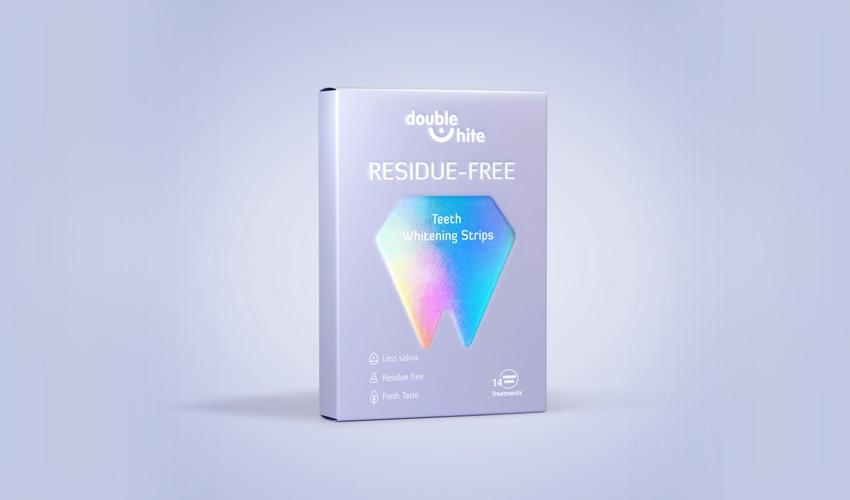
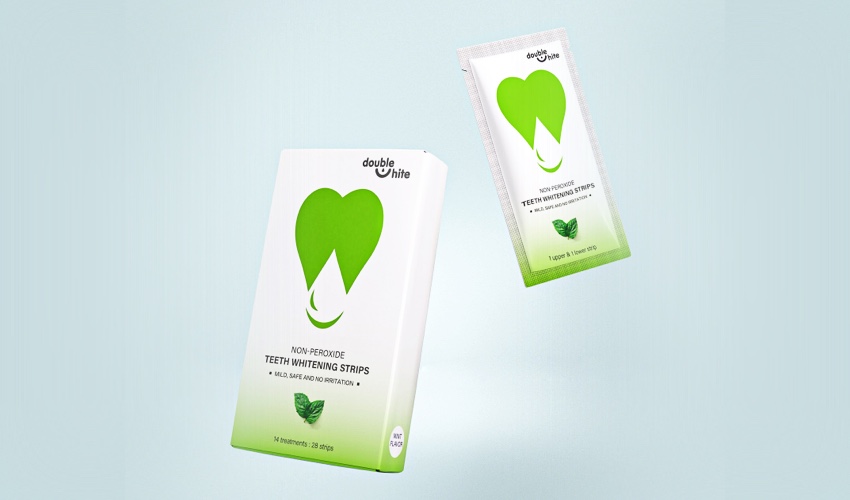
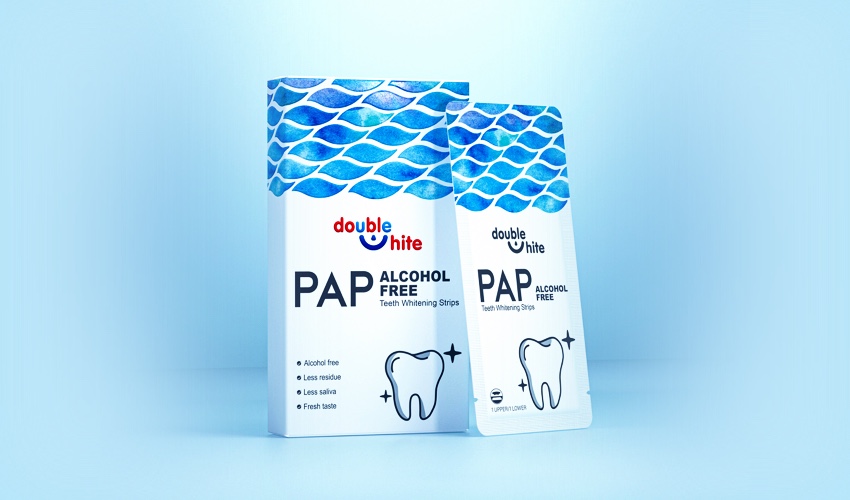
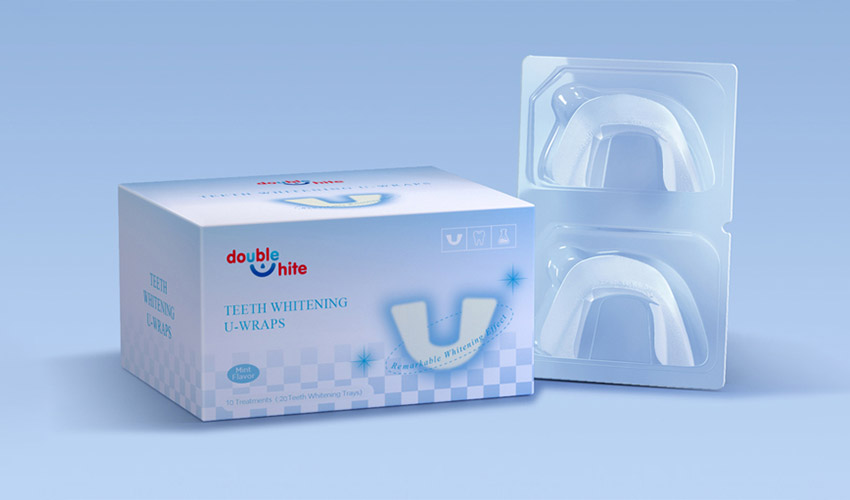
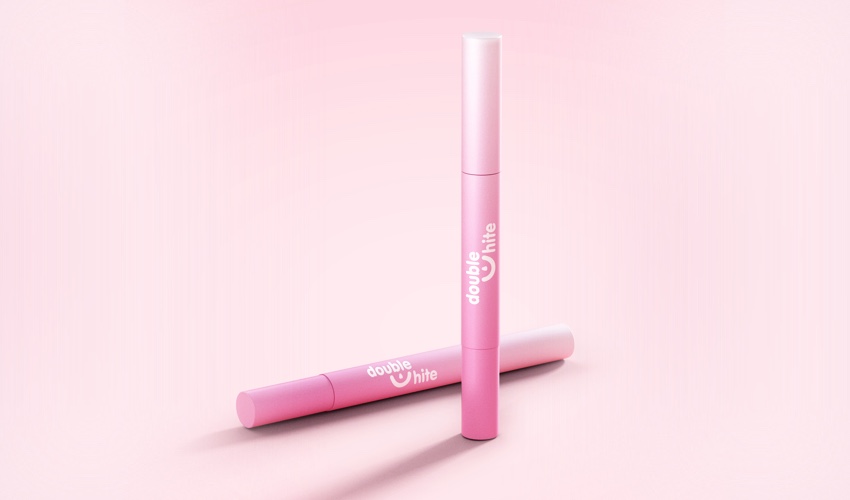
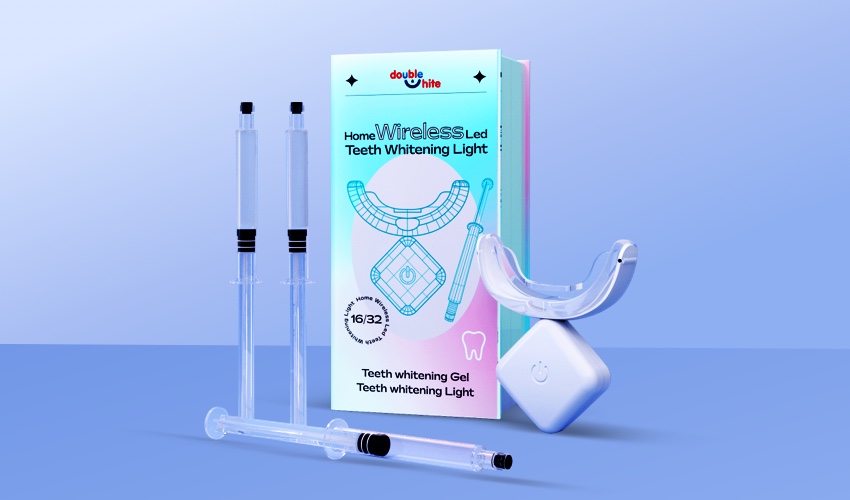
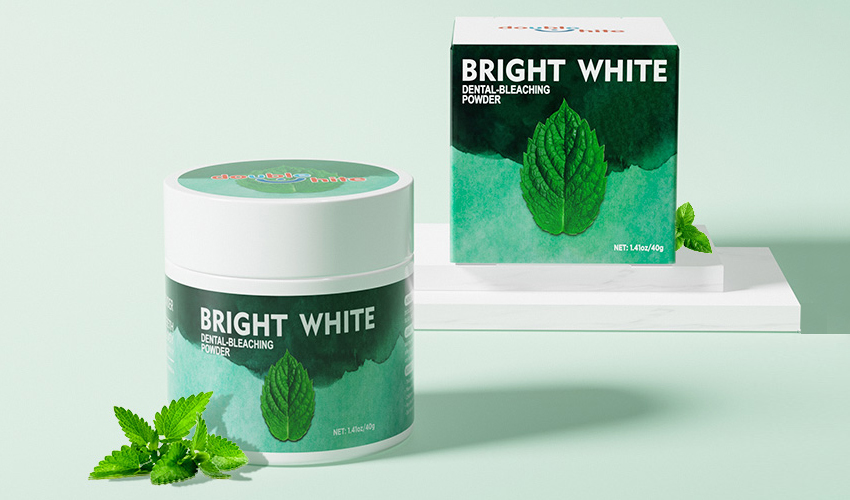






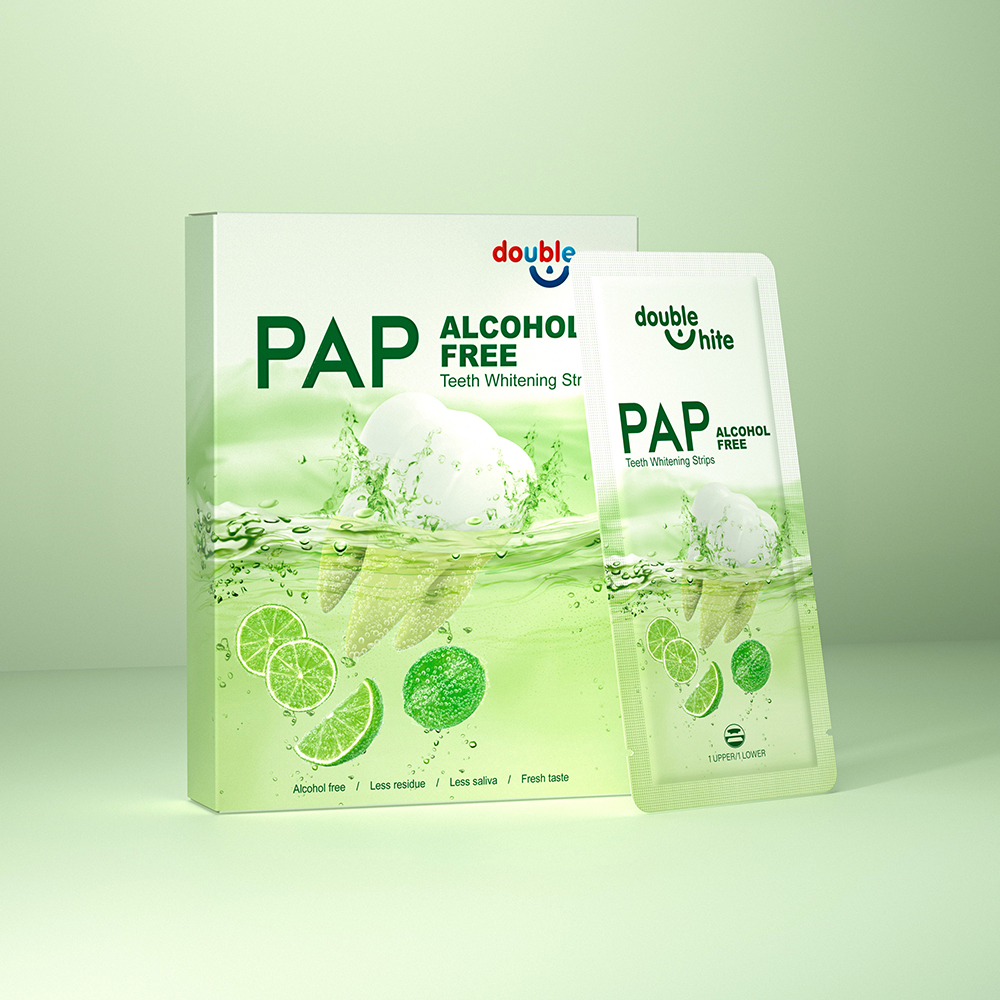
Whatsapp: +8615920313473
cndoublewhite
Doublewhite
doublewhitecn
cndoublewhite
cndoublewhite